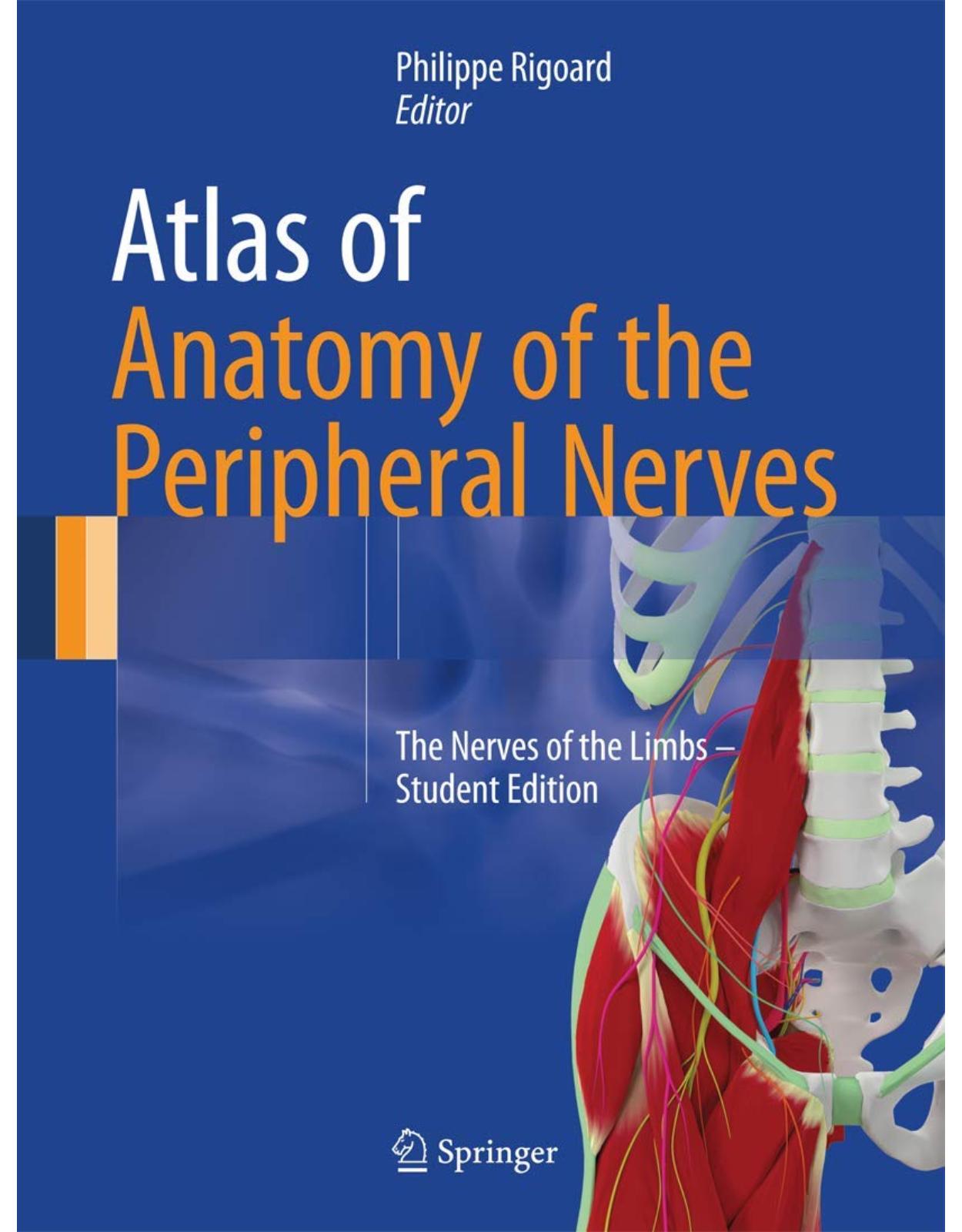
Atlas of Anatomy of the Peripheral Nerves
Livrare gratis la comenzi peste 500 RON. Pentru celelalte comenzi livrarea este 20 RON.
Description:
This innovative atlas focuses on peripheral nerves and provides a brand new approach compared to regular anatomy books. Using a modern 3D approach, it offers an alternative to conventional anatomical structures. It reviews all the anatomy and the morphology of these structures from an original point of view. In these three-dimensional diagrams, as well as in the watercolor drawings enhanced with a 3D inlay, each type of nerve is depicted in a minute detail. The atlas simplifies the anatomy and make it easy and understandable by allowing readers to develop a mental “real-time 3D GPS”. The integration of MRI sections related to the drawings and the descriptions of the main nerve injuries provide medical students with a flexible but effective transition to the radiological interpretation and furthers the clinical learning process. After a detailed evaluation of the morphofunctional anatomy of the peripheral nerves, the authors present a collection of relevant data on neuromuscular transmission, both from classical and recent literature, ranging from the central and peripheral nervous system to the effector muscle. This information offers a basis for understanding the physiology, the pathology, and the repair prospects of peripheral nerves from a purely theoretical point of view. The book is divided into three main parts: - Fundamental notions: from immunohistochemistry to limb innervation - The upper limb: the brachial plexus and related peripheral nerves - The lower limb: the lumbosacral plexus and related peripheral nerves This atlas also features 261 outstanding full-colour 2D and 3D illustrations. Each picture has been designed in 2D and 3D with a combination of the original editor’s personal drawings/paintings and 3D-modeling tools. This book is a valuable resource for anyone studying medicine, anaesthesiology, neurosurgery, spine surgery, pain, radiology or rheumatology and is also of high interest to the whole medical community in general.
Table of Contents:
Part I: Morphological and Functional Anatomy of the Peripheral Nerve
The Normal Nerve
Morpho-Functional Anatomy
General Organisation of the Peripheral Nerve
The Nerve’s Structure and Physiology
Axon
Cytoskeleton
Axonal Flow
Schwann Cell and Myelination
Mechanical Properties of the Nerves
Vascularisation of the Peripheral Nerves
Neuromuscular Junction and Transmission
Main Mechanisms of Synaptic Formation
The Injured Nerve
Physiology of the Damaged Nerve
Pathophysiological Mechanisms
Nerve Degeneration
Mechanisms of Neural Repair
Axonal Sprouting
Neurotrophic Factors
Potential Functional Consequences
Functional Regeneration
Neuroplasticity
Conclusion
Bibliography
References
The Plexus
Data Learned from Embryology
Embryological Development of the Peripheral Nerves
Growth of Precursor Cells
Development of Segmental Spinal Nerves
Basal Lamina and Alar Lamina
Peripheral Nerve Pathways
Formation of the Myelin Sheath
Development of the Innervation of Limbs
Introduction
Notion of Motor Innervation
Notion of Cutaneous Innervation
Innervation of the Limbs in Adults
Origin and Constitution of the Limbs’ Nerves
The Notion of Plexus
Bibliography
References
Part II: Nerves of the Upper Limb
The Brachial Plexus
Morphological Data
The Brachial Plexus’ Relations
At the Supraclavicular Level
At the Infraclavicular Level
References
PERIPHERAL BRANCHES
Morphological Data
Origin
Path
Neurovascular Relations
Collateral Branches
Terminal Branches
Motor Function
Sensitive Function
Anastomoses
Pathology
Aetiology
Clinical Significance
Clinical Forms
Complementary Examinations
Treatment
The Musculocutaneous Nerve
Morphological Data
Origin
Path
Neurovascular Relations
Collateral Branches
Terminal Branches
Motor Function
Sensitive Function
Anastomoses
Pathology
Aetiology
Clinical Signs
Complementary Examinations
Treatment
The Radial Nerve
Morphological Data
Origin
Path
Neurovascular Relations
Collateral Branches
Terminal Branches
Motor Function
Sensitive Function
Anastomoses
Pathology
Posterior Interosseous Nerve Syndrome
Aetiology
Clinical Signs
Clinical Forms
Complementary Examinations
Treatment
The Median Nerve
Morphological Data
Origin
Path
Neurovascular Relations
Collateral Branches
Terminal Branches
Motor Function
Sensitive Function
Anastomoses
Pathology
Anterior Interosseous Nerve Syndrome
Aetiology
Clinical Significance
Complementary Examinations
Treatment
Carpal Tunnel Syndrome
Clinical Signs
Anatomical Atypias
Clinical Atypias
Differential Diagnosis
Treatment
The Ulnar Nerve
Morphological Data
Origin
Path
Neurovascular Relations
Collateral Branches
Terminal Branches
Motor Function
Sensitive Function
Anastomoses
Pathology
Cubital Tunnel Syndrome
Aetiology
Clinical Significance
Clinical Forms
Complementary Examinations
Treatment
Ulnar Tunnel Syndrome (Guyon’s Canal)
Aetiology
Clinical Signs
Clinical Forms
Complementary Examinations
Treatment
The Suprascapular Nerve
Morphological Data
Origin
Path
Neurovascular Relations
Collateral Branches
Terminal Branches
Motor Function
Pathologies
Aetiology
Clinical Significance
Complementary Examinations
Treatment
The Long Thoracic Nerve
Morphological Data
Origin
Path
Neurovascular Relations
Terminal Branches
Motor Function
Pathologies
Aetiology
Clinical Significance
Treatment
Plexus Brachial
Morphological Data Superior Member
Pathology
Part III: Nerves of the Lower Limb
The Lumbosacral Plexus
Morphological Data
The Lumbar Plexus
Morphological Data
The Sacral Plexus
Relationships Between the Lumbar and Sacral Plexuses
PERIPHERAL BRANCHES
Morphological Data
Origin
Path
Neurovascular Relations
Collateral Branches
Terminal Branches
Motor Function
Sensitive Function
Anastomoses
Pathology
Obturator Neuralgia
Aetiology
Clinical Significance
Complementary Examinations
Treatment
The Femoral Nerve
Morphological Data
Origin
Path
Neurovascular Relations
Collateral Branches
Terminal Branches
Motor Function
Sensitive Function
Anastomoses
Pathology
Femoral Nerve Syndrome or Femoral Neuralgia
Aetiology
Clinical Significance
Complementary Examinations
Treatment
The Sciatic Nerve
Morphological Data
Origin
Path
Neurovascular Relations
Collateral Branches
Terminal Branches
Motor Function
Sensitive Function
Anastomoses
Pathology
Aetiology
Clinical Significance
Clinical Forms
Complementary Examinations
Treatment
The Tibial Nerve
Morphological Data
Origin
Path
Neurovascular Relations
Collateral Branches
Terminal Branches
Motor Function
Sensitive Function
Anastomoses
Pathology
Soleus Syndrome
Aetiology
Clinical Significance
Complementary Examinations
Treatment
Tarsal Tunnel Syndrome
Aetiology
Clinical Significance
Clinical Forms
Complementary Examinations
Treatment
The Common Fibular Nerve
Morphological Data
Origin
Path
Neurovascular Relations
Collateral Branches
Terminal Branches
Motor Function
Sensitive Function
Anastomoses
Pathology
Fibular Nerve Injury
Aetiology
Clinical Significance
Clinical Forms
Complementary Examinations
Treatment
The Lateral Femoral Cutaneous Nerve
Morphological Data
Origin
Path
Neurovascular Relations
Terminal Branches
Sensitive Function
Pathology
Meralgia Paraesthetica
Aetiology
Clinical Significance
Other Nerves
The Iliohypogastric Nerve
Morphological Data
Origin
Path
Neurovascular Relations
Collateral Branches
Terminal Branches
Sensitive Function
Anastomoses
The Ilioinguinal Nerve
Morphological Data
Origin
Path
Neurovascular Relations
Terminal Branches
Sensitive Function
Pathology
Entrapment Neuropathies of the Ilioinguinal Nerve and of the Hypogastric Nerve
Aetiology
Clinical Significance
Clinical Forms
Treatment
Bibliography
References
Superior Member/Lower Member
INDEX
| An aparitie | 2017 |
| Autor | Rigoard |
| Dimensiuni | ? 22.02 x 2.46 x 29.18 cm |
| Editura | Springer |
| Format | Hardcover |
| ISBN | 9783319430881 |
| Limba | Engleza |
| Nr pag | 350 |
-
71300 lei 59200 lei
-
1,30700 lei 1,18400 lei
-
1,82300 lei 1,54900 lei

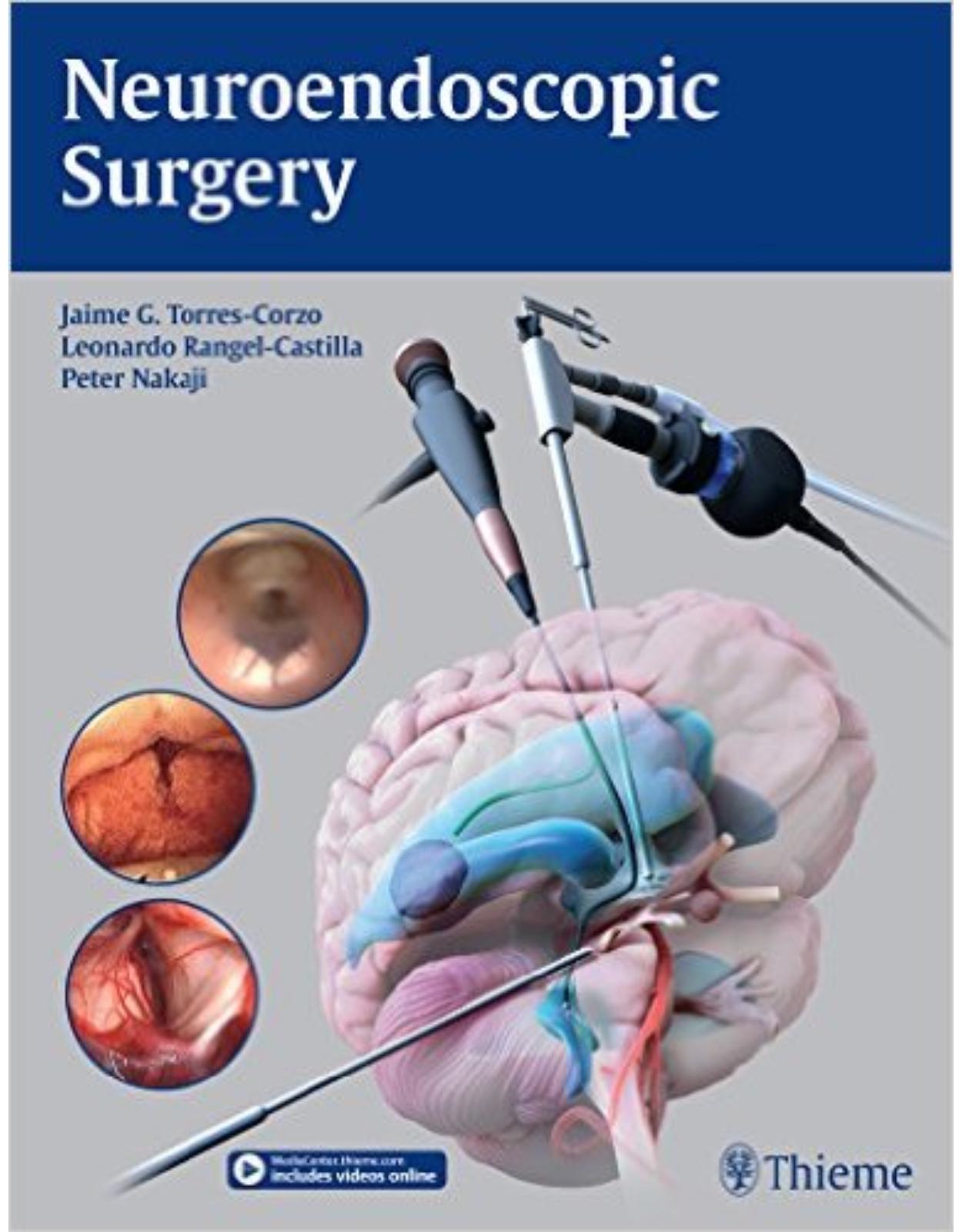
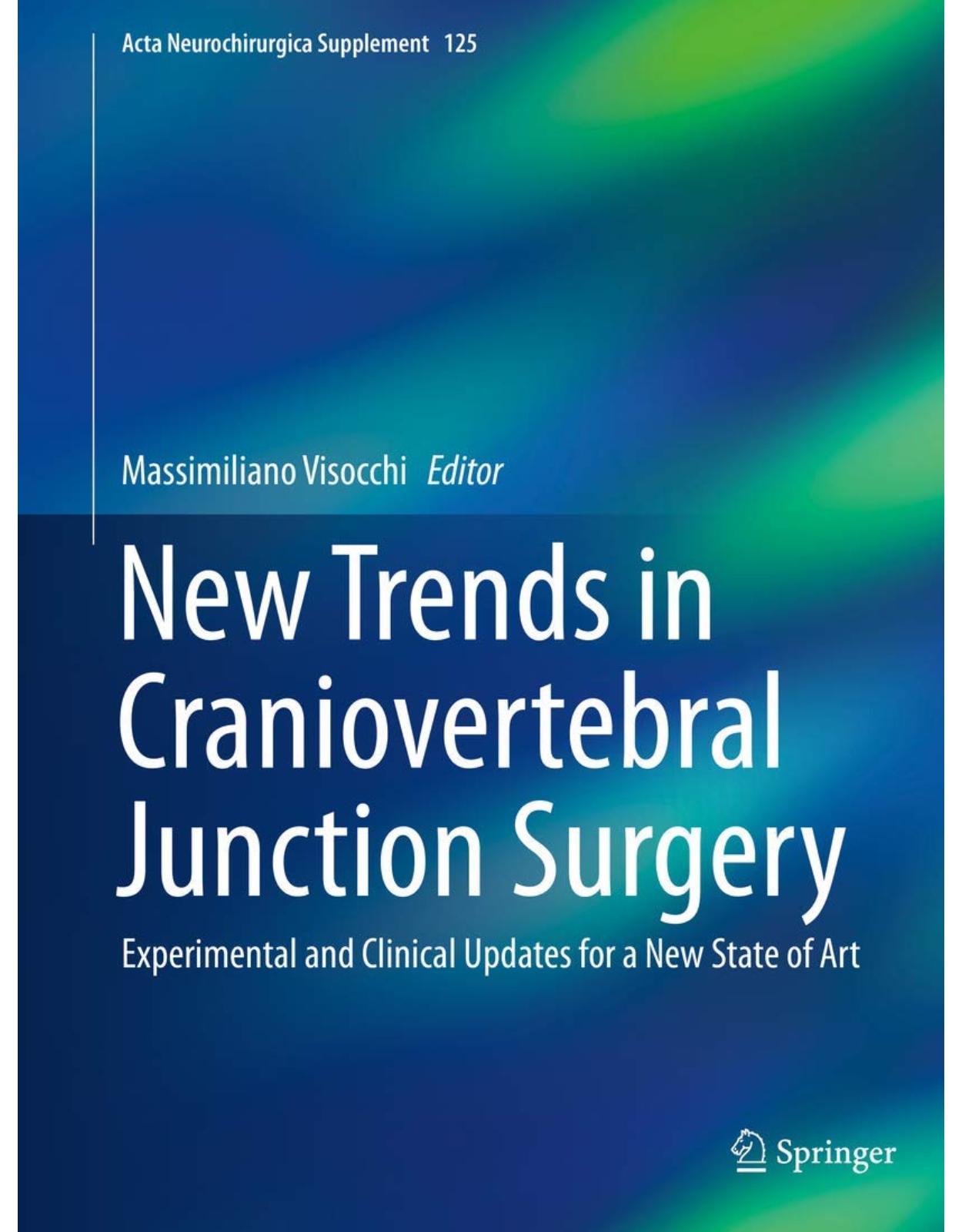
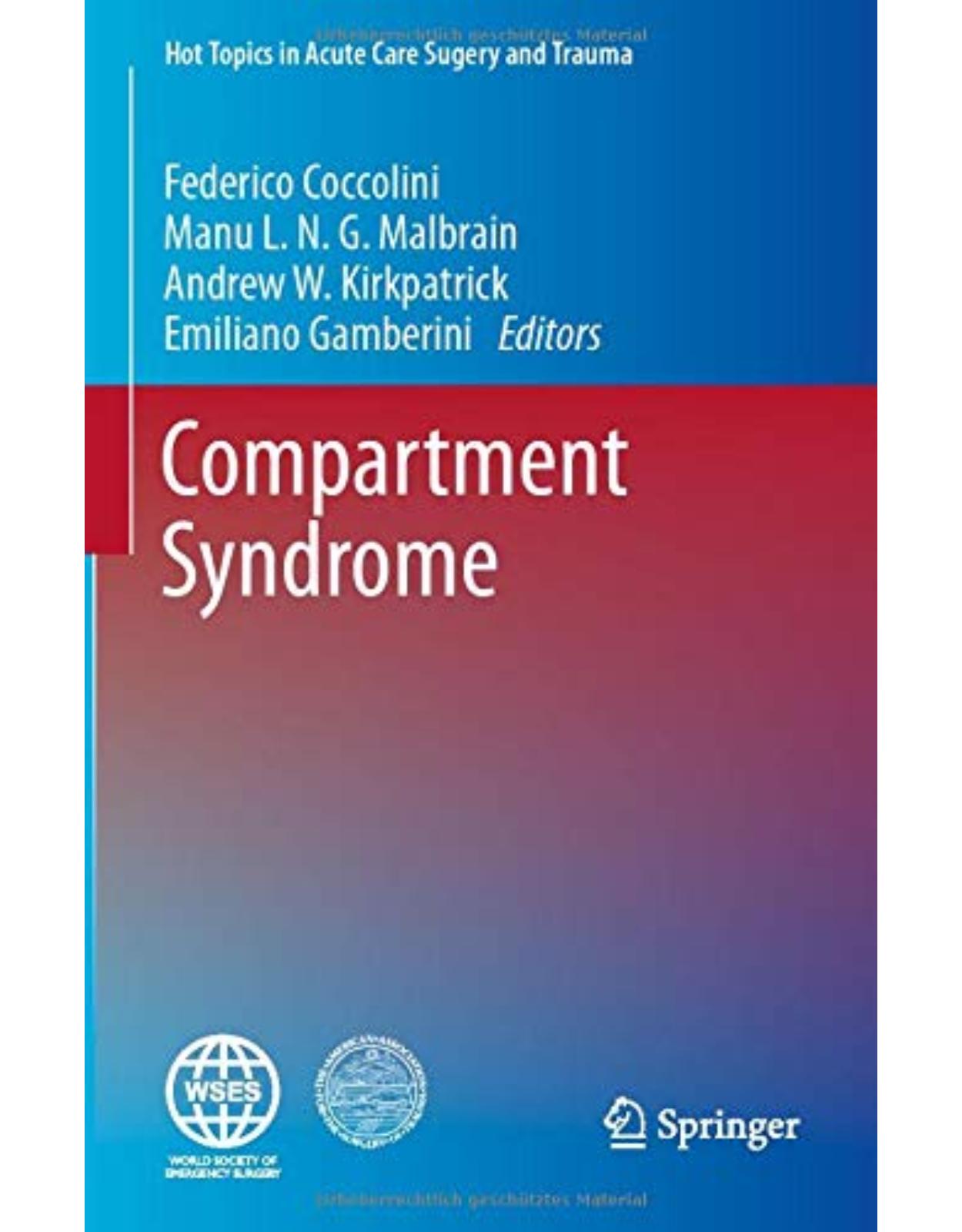
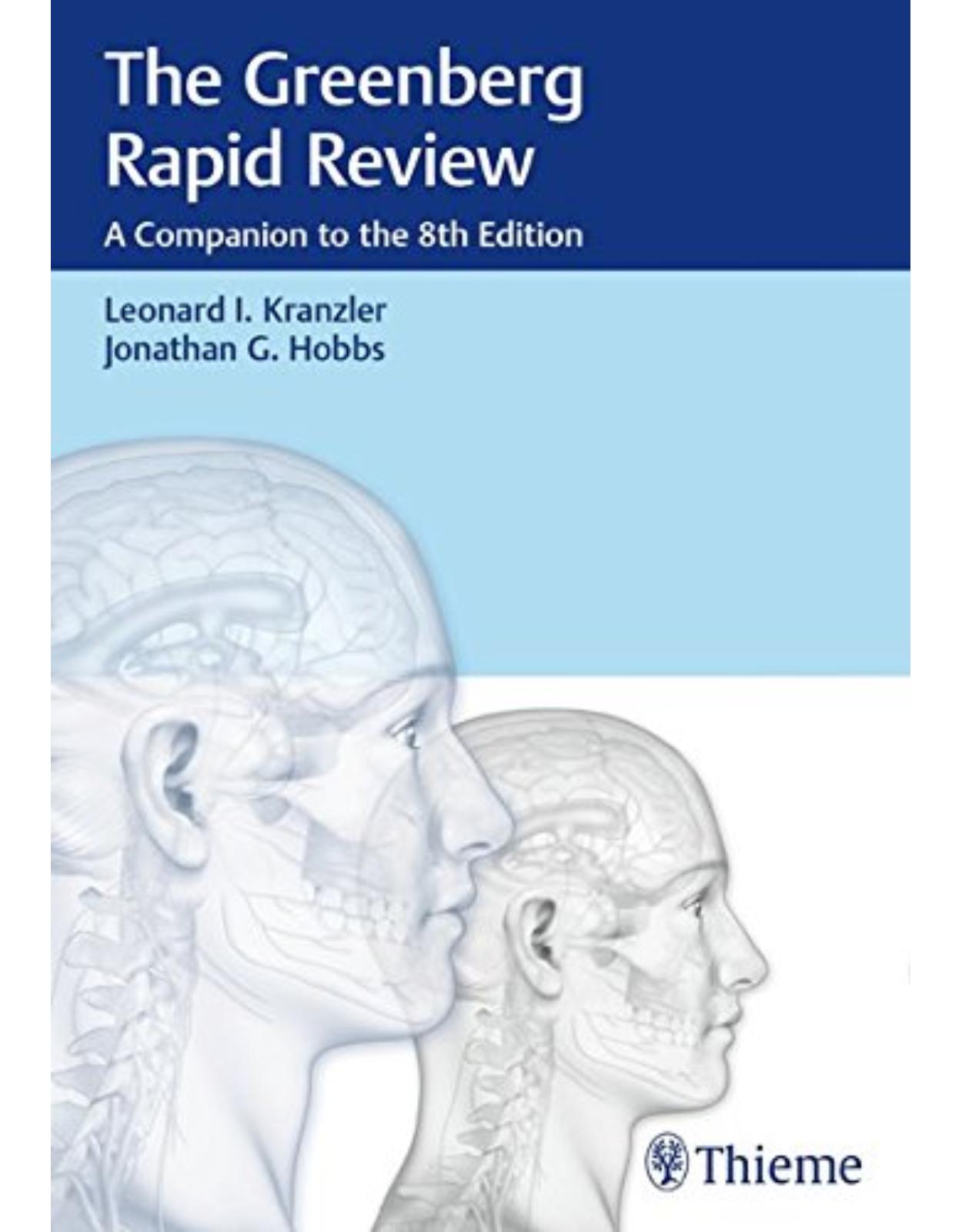
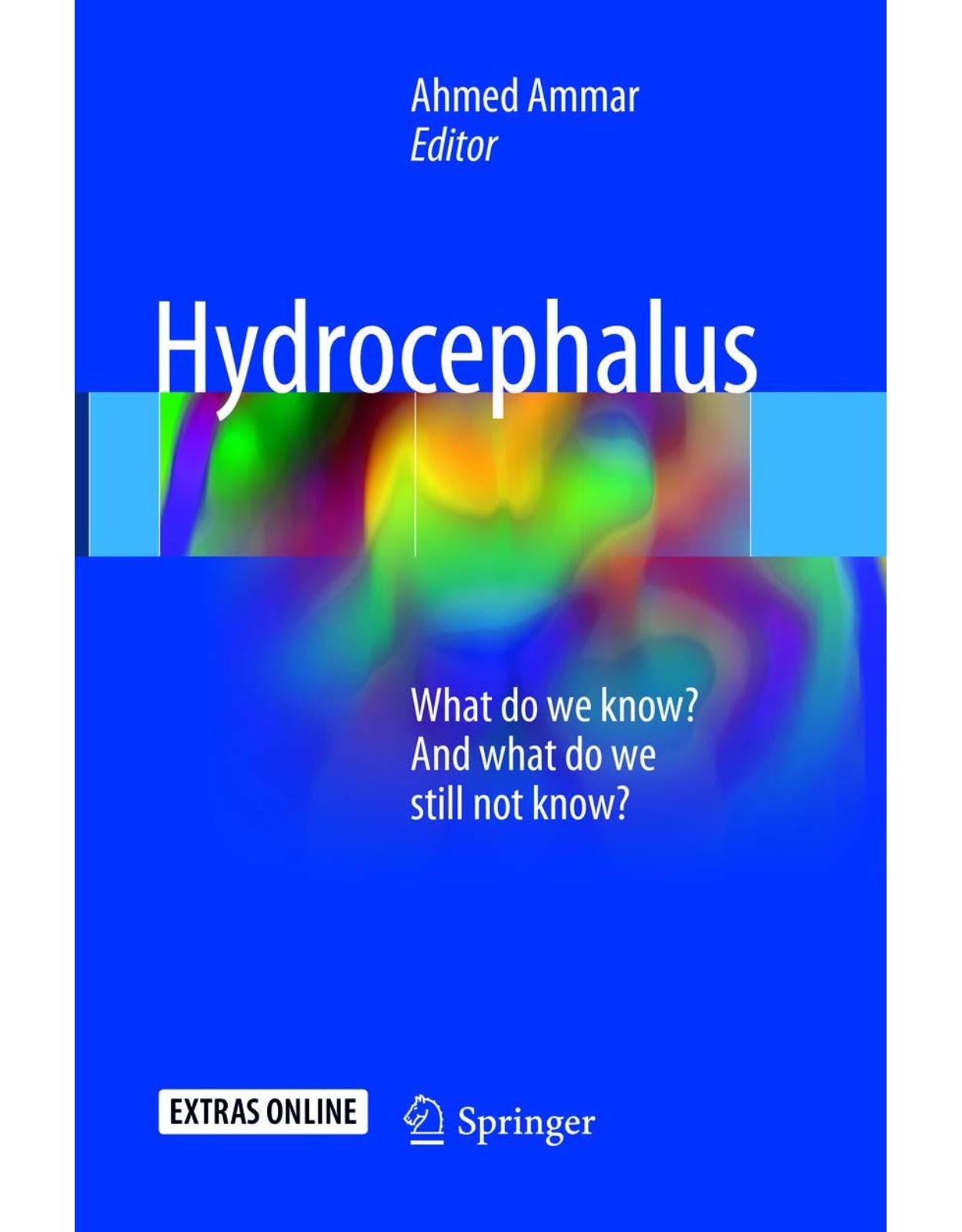
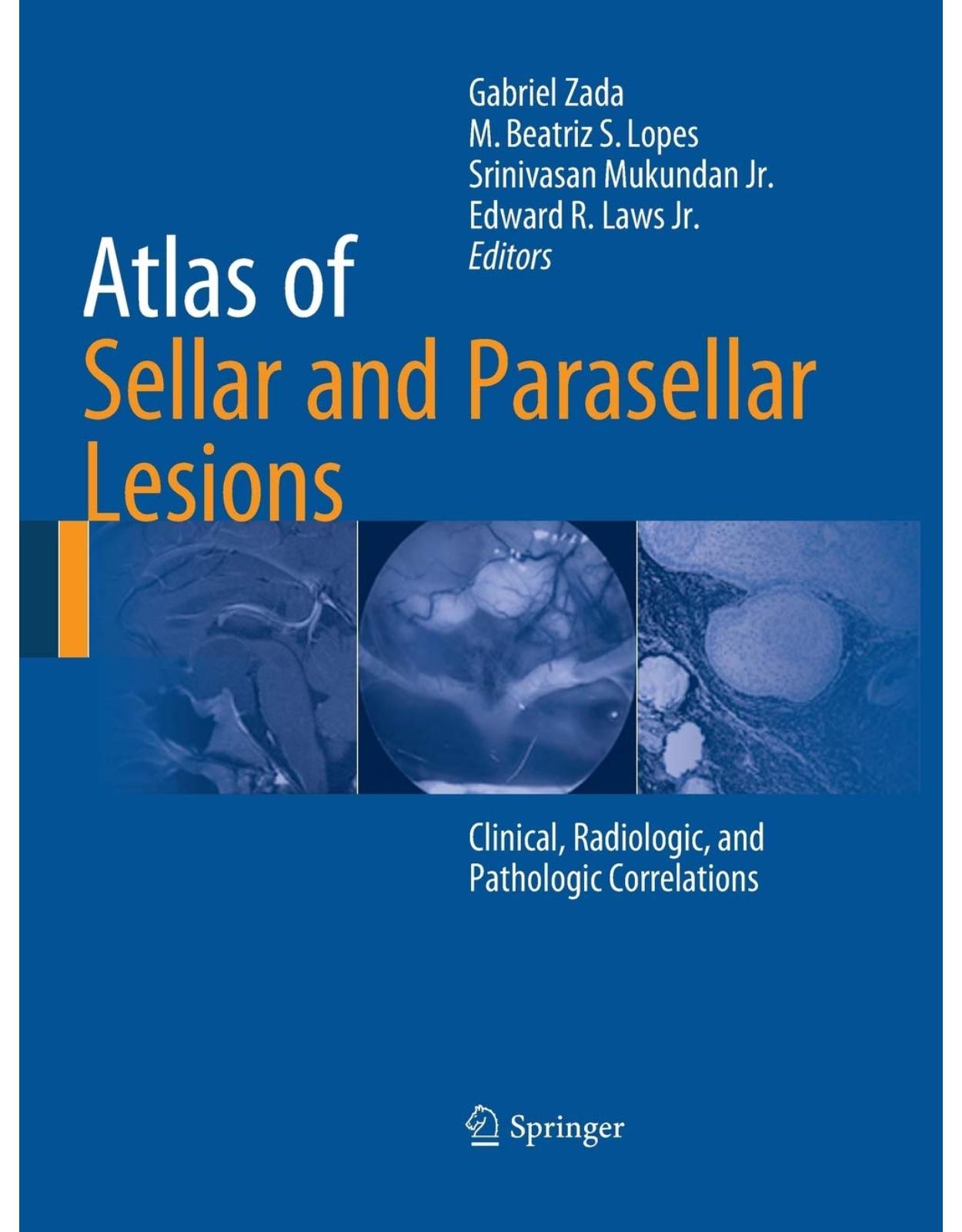
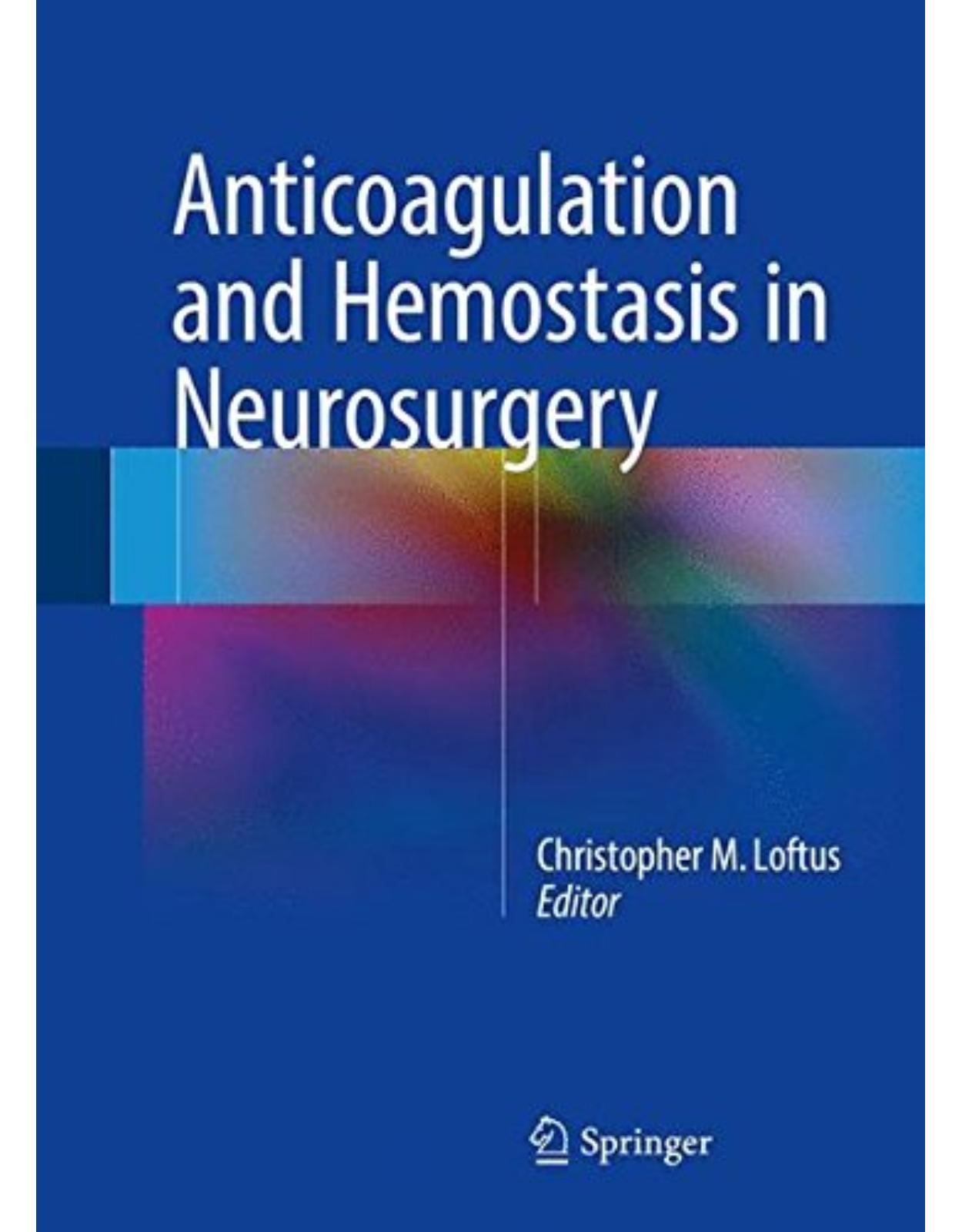
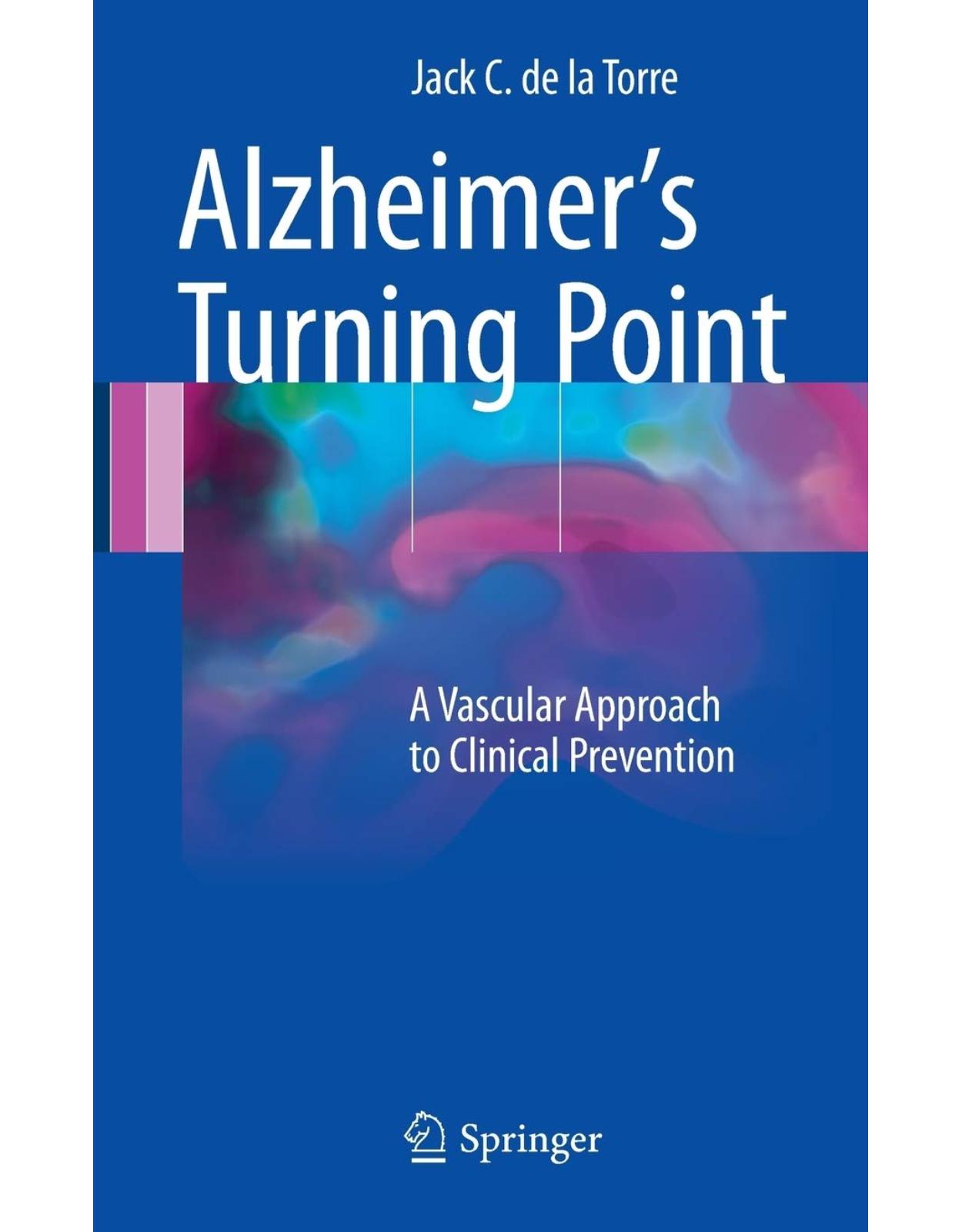
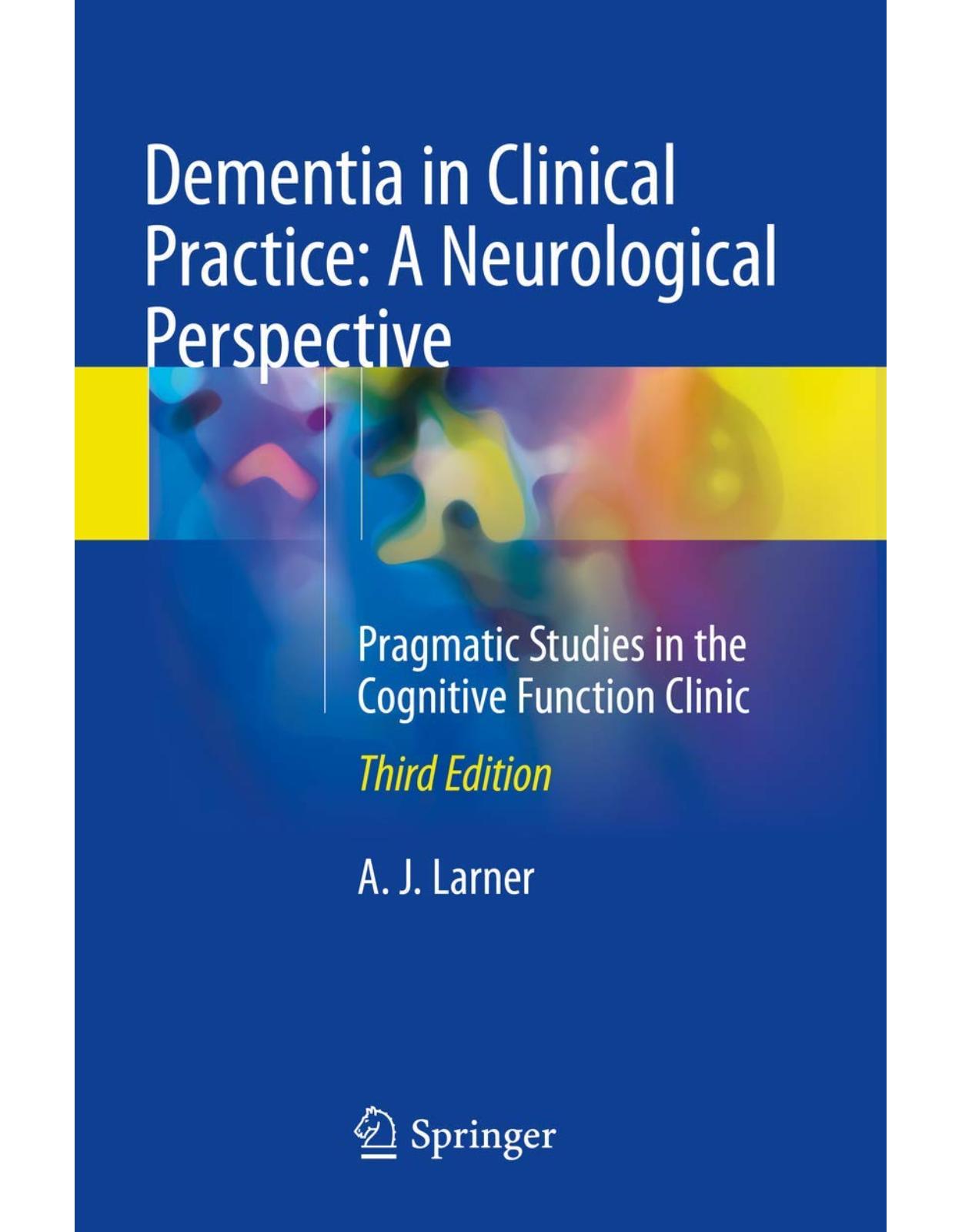
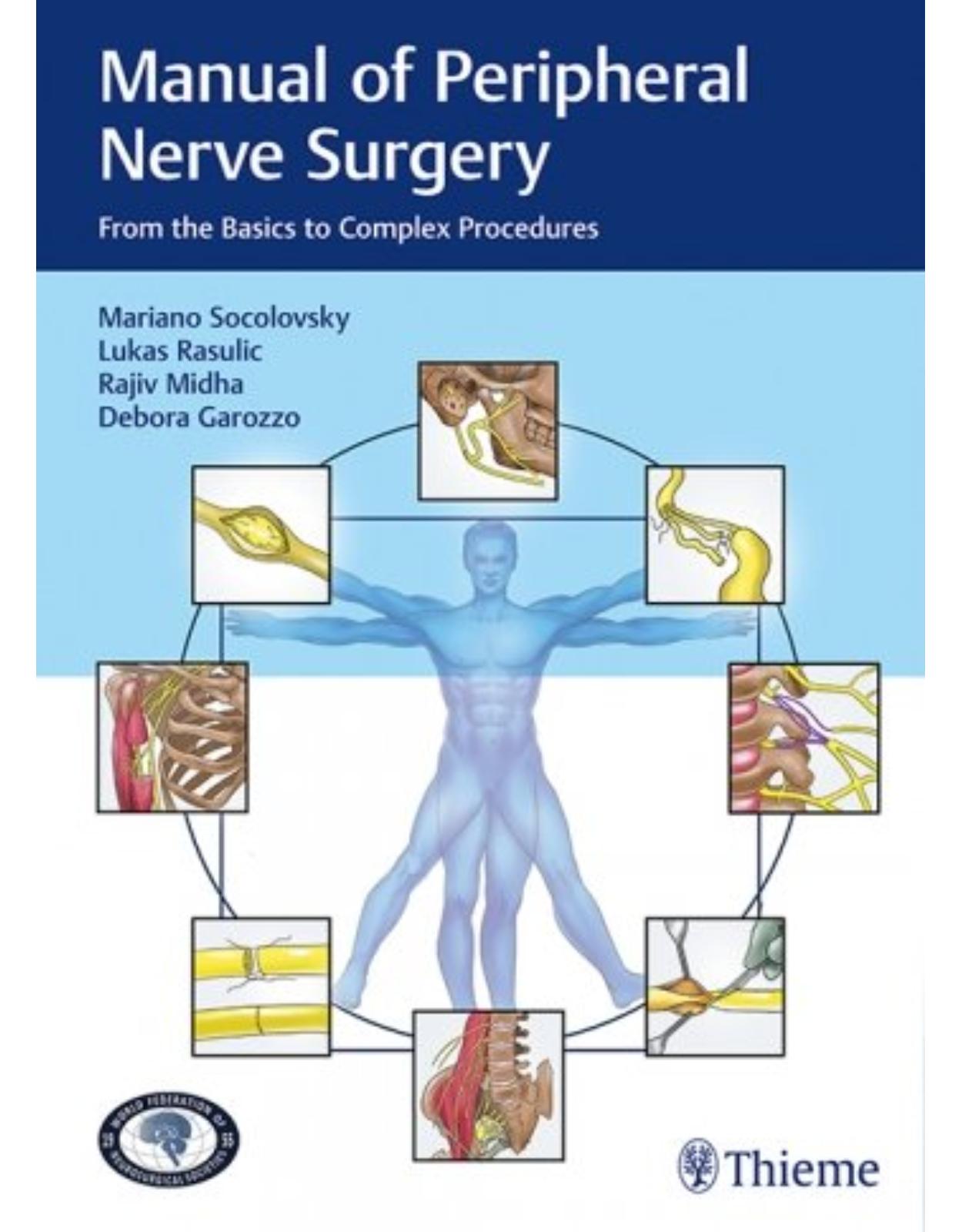

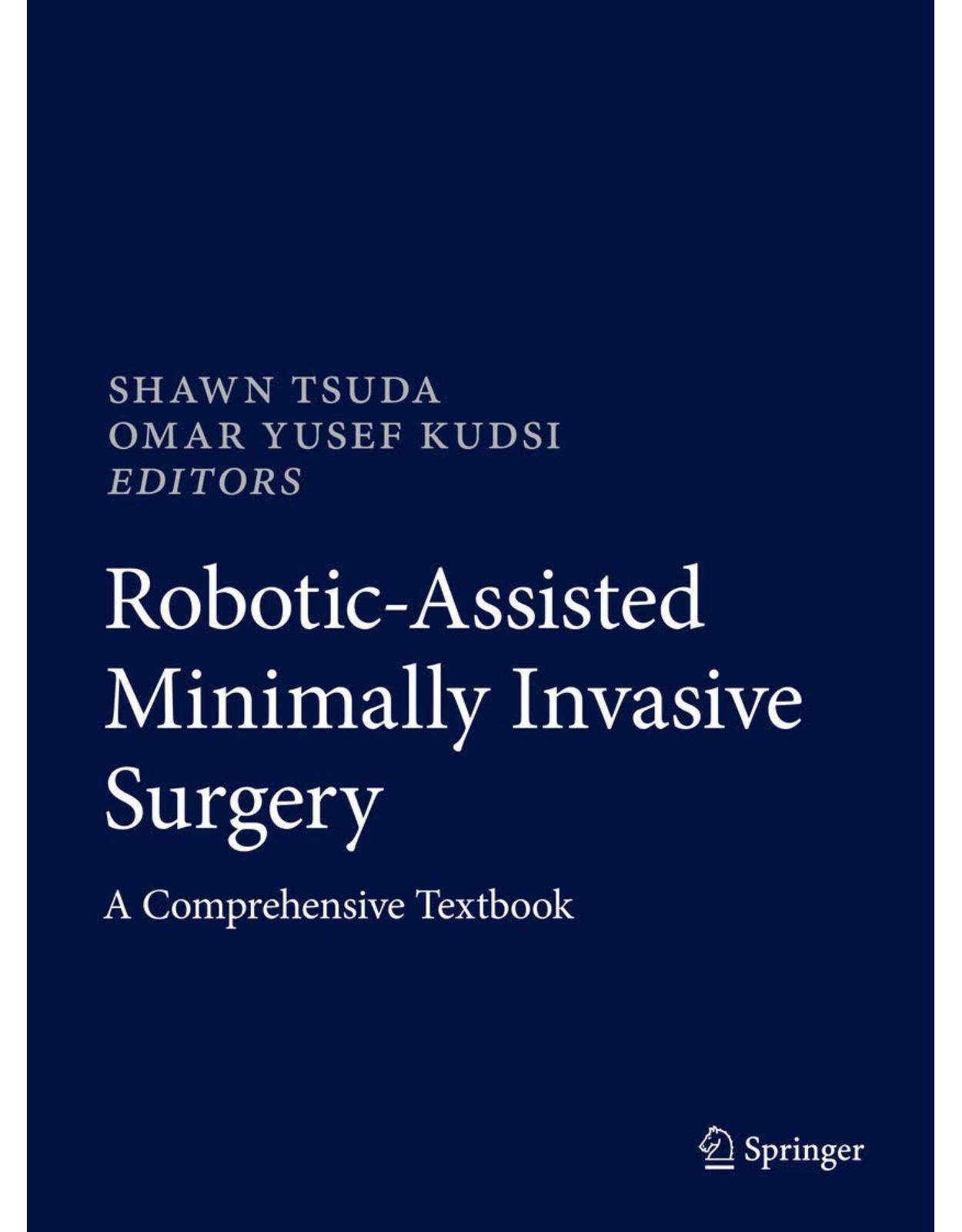

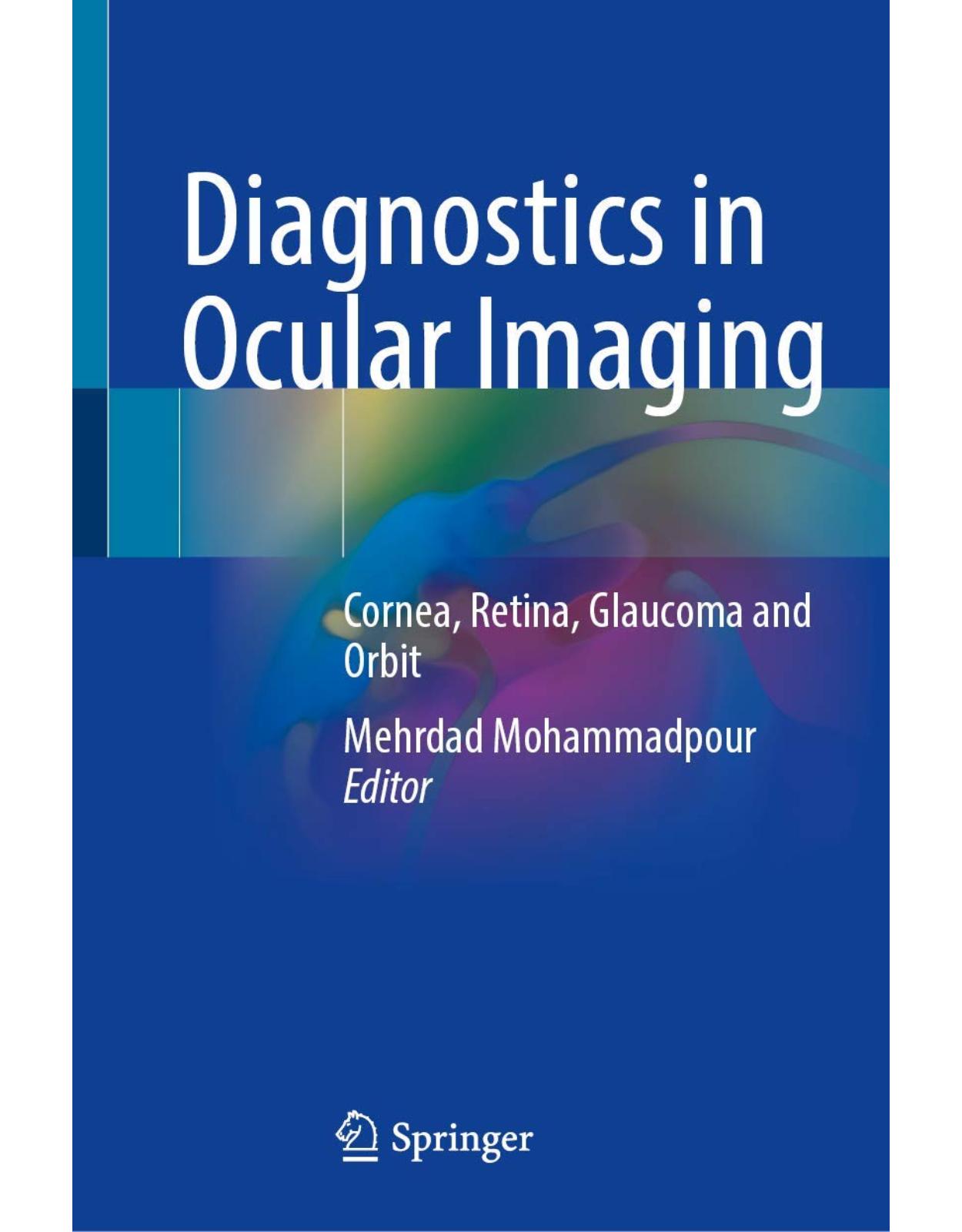



Clientii ebookshop.ro nu au adaugat inca opinii pentru acest produs. Fii primul care adauga o parere, folosind formularul de mai jos.